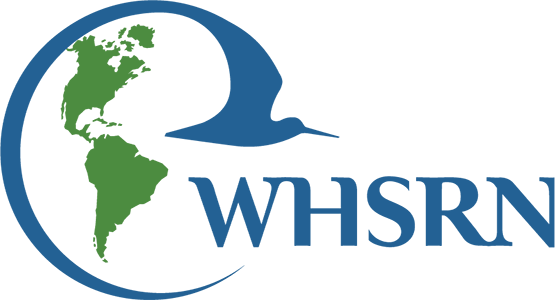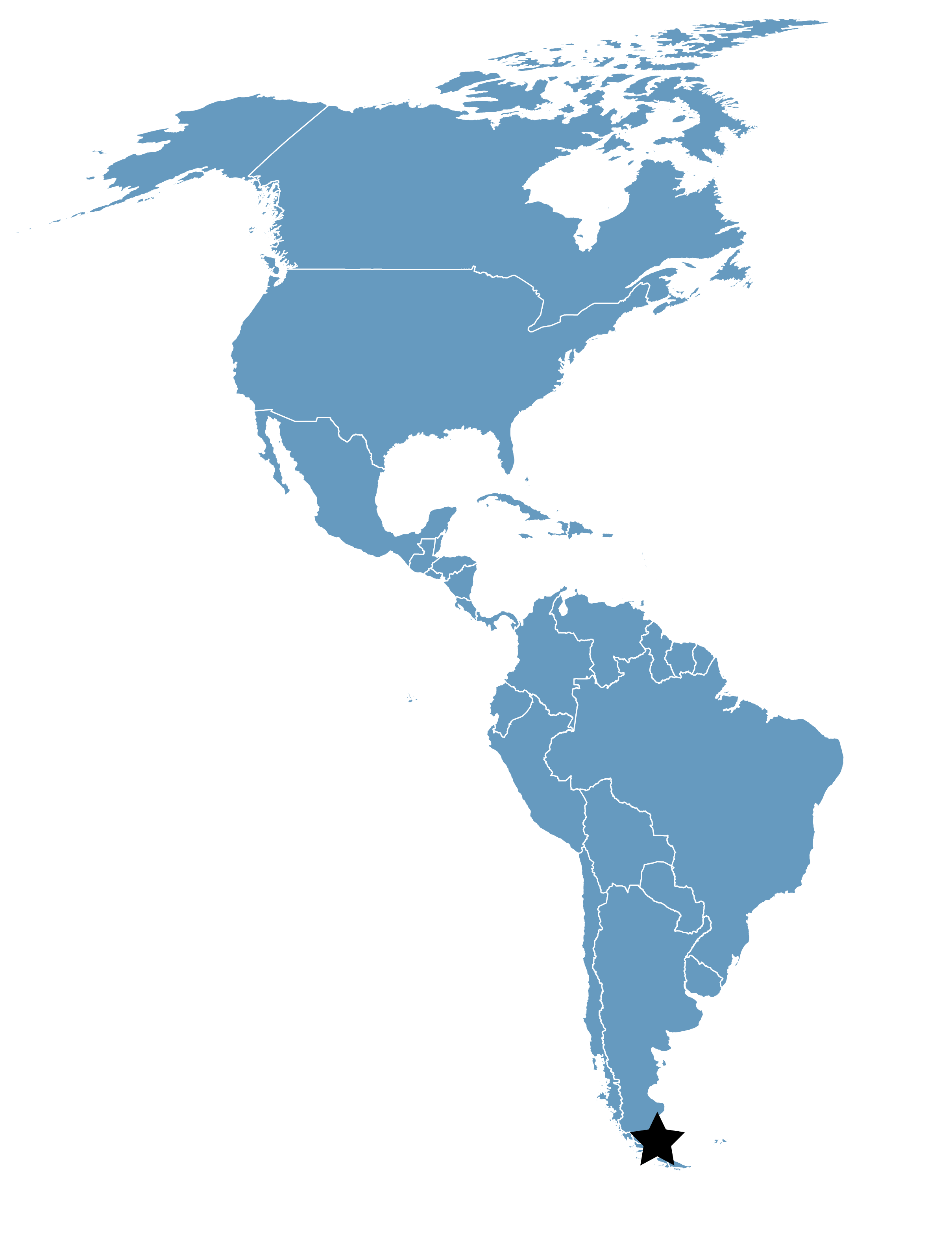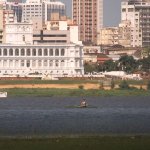Bahía Lomas
Location
Magallanes and Chilean Antarctic, Chile
Category
Hemispheric
Basis for Designation
The most important wintering area in South America for the imperiled rufa subspecies of Red Knot (Calidris canutus rufa), hosting nearly 50% of the world population.
Size
58,946 hectares (145,659 acres)
Date Designated
February 2009
Site Owner
The site is within the jurisdiction of the Office of Marine Territories and the Merchant Marine (DIRECTIMAR) of the Chilean Navy; The National Commission of the Environment (CONAMA) is responsible for natural resource management and use at the site.
Site Partners
Universities of Santo Tomás and Magallanes
Natura Patagonia
Aquatic Environments Corporation of Chile (CAACH)
National Petroleum Company of Chile (ENAP)
Municipality of Primavera
Overview
Bahía Lomas is located in the eastern mouth of the Straits of Magellan, northern coast of the Tierra del Fuego Island, Municipality of Primavera, within the Region of Magallanes and Antártica Chilena. The area is a tidal plain, with a wide range of tidal variation that exceeds 7 kilometers per day (measured from the line at the maximum height reached by the rising tide to the sea). This bay also contains a large area of muddy plains, both continuous and channeled (Morrison & Ross 1989), beyond which large sandy areas predominate. The linear distance from one end of the bay to the other is around 69 kilometers.
During the summer season (December to March), low temperatures (between 6º -12º C), wind speed exceeding 80-90 km/h, scarce precipitation, and abrupt weather changes characterizes Bahía Lomas. During the winter season (June to August), weather conditions dramatically change, temperature falls under -1º C and stronger winds are common.
Bahía Lomas hosts almost 50% of the Red Knot (Calidris canutus rufa) population; the area is the most critical wintering ground for this species in South America.
Bahía Lomas hosts almost 50% of the Red Knot (Calidris canutus rufa) population; the area is the most critical wintering ground for this species in South America (Morrison & Ross 1989; Morrison et al. 2004; Niles et al. 2008). Similarly, is the second most important site for Hudsonian Godwit (Limosa haemastica), a migratory Nearctic shorebird; 10,000–12,000 birds have been recorded during the winter season (Morrison & Ross 1989; Morrison et al. 2004; Niles et al. 2008).
Additionally, this bay is also an important wintering ground for Calidris fuscicollis and Charadrius falklandicus (Matus, Blank & Espoz, in prep.). Adding up the population densities for these two species plus those recorded for Haematopus leucopodus (around 4,000 individuals), C. canutus and L. haemastica, the area hosts over 20,000 shorebirds per year.
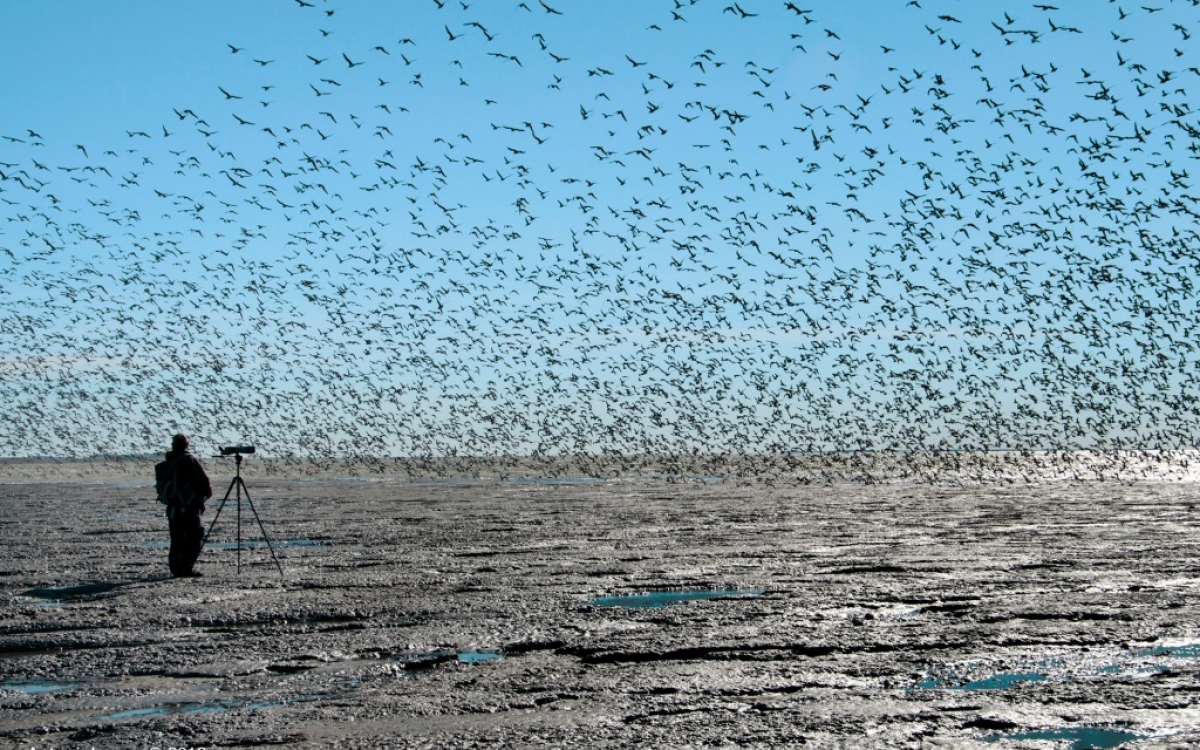
Large flock of shorebirds at Bahía Lomas. Photo: Antonio Larrea.
Ecology and Conservation
Bahía Lomas is a tidal plain formed by a large muddy area, both continuous and channeled (Morrison & Ross 1989), beyond which large sandy areas predominate.
Espoz et al. (2008) reported that the most common invertebrates in the foraging area for Calidris canutus rufa are the clam Darina solenoides and two species of polychaete, Eteone sculpta and Aricidaea sp. Minor percentages are shown by an unidentified amphipod species and other polychaete, Scolecolepides uncinatus. This last species constitutes the first record of both the genus and the species for Chile (Tapia 2008).
Similarly and probably due to the high productivity of the area and its physical characteristics, the wetland shows an important diversity of birds, both resident and migratory: Calidris fuscicollis (White-rumped Sandpiper), C. bairdii (Baird’s Sandpiper), C. alba (Sanderling), Charadrius modestus (Rufous-chested Plover), Numenius phaeopus (Whimbrel), Haematopus leucopodus(Magellanic Oystercatcher), H. palliatus (American Oystercatcher), Larus dominicanus (Kelp Gull), and C. falklandicus (Two-banded Plover) (Morrison et al. 2004, Niles et al. 2008, Matus, Blank & Espoz, in prep).
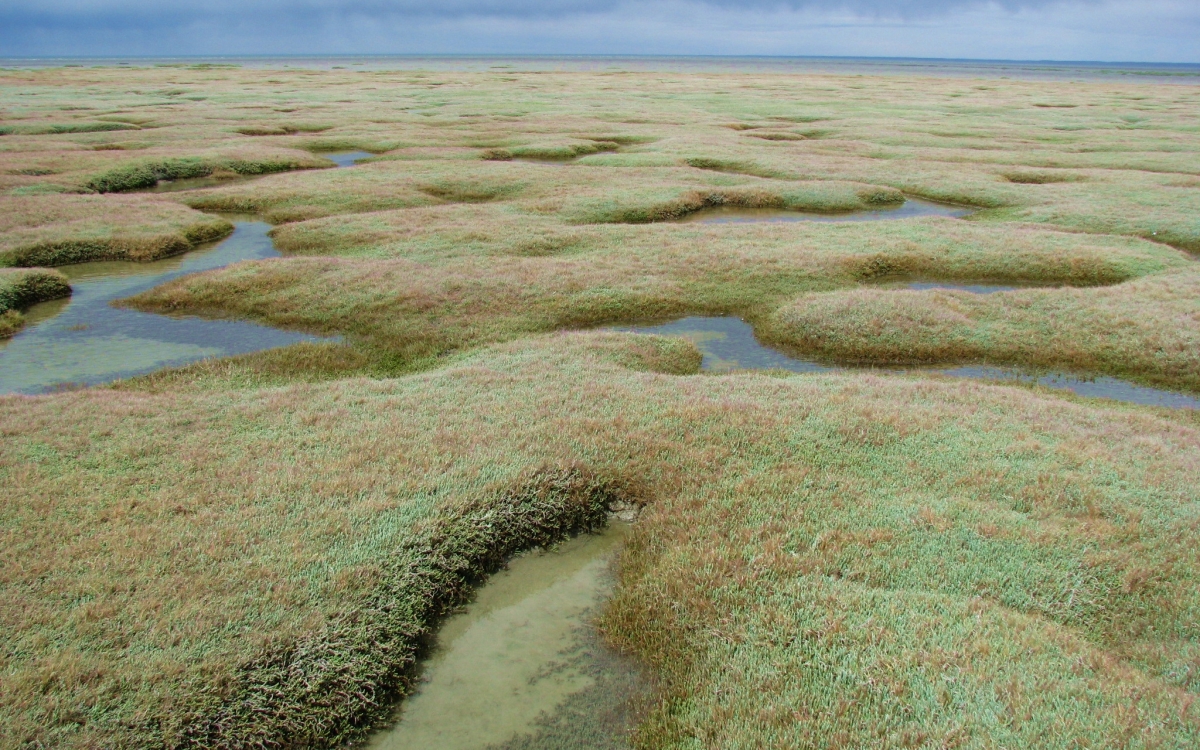
Densely vegetated intertidal landscape. Photo: Diego Luna Quevedo.
Research Initiatives
During the last few years, numerous scientific research initiatives and projects have been carried out in the area focused on different ecological and conservation issues.
Bird-banding activities were initiated in 2002. The program, lead by L. Niles (currently at Conserve Wildlife Foundation), focused in the Calidris canutus rufa population.
An ecological monitoring program was initiated in 2003, lead by C. Espoz (Universidad Santo Tomás).
A process aimed at the building of a good governance system for the site is currently in development, and includes: 1) establishment of a Management Fostering Committee with the active participation of key stakeholders and direct interested parties, 2) a fund of US$ 30,000 raised for preparing the area’s Management Plan during 2009, and 3) the recent official nomination of Bahía Lomas as an Hemispheric Importance Site of the Western Hemisphere Shorebird Reserve Network (WHSRN). All of these elements are fundamental for achieving the area’s effective conservation in the short term.
Resources
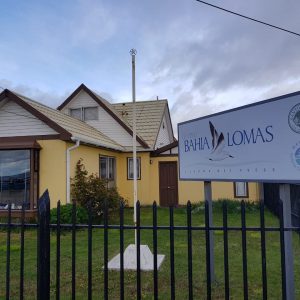
The Centro Bahía Lomas, part of the Faculty of Sciences at the University of Santo Tomás, is a space for research, education, and social development around the conservation of the Bahía Lomas WHSRN site. The Center is in the city of Punta Arenas, in the Magallanes and Chilean Antarctic Region of Chile.
- (2003-2004) Characterization of the inter-tidal community of sandy beaches in Bahía Lomas (Tierra del Fuego, Chile), with particular emphasis in the trophic relation among macro invertebrates and migratory shorebirds (Project Nº1-03-15)
- (2004-2008) Inter-tidal community patterns and their relation with the presence or absence of migratory shorebirds in Bahía Lomas (Tierra del Fuego, Chile) (Project Nº5-05-01)
- Davis N. (2004) Ecological characterization of the tidal plain of Bahía Lomas (Tierra del Fuego, Chile). Thesis for opting for the Biology degree with mention in Natural Resources and Environment, Faculty of Biological Sciences. Pontificia Universidad Católica de Chile.
- Ponce A. (2005) Trophic ecology of Calidris canutus (Birds: Scolopacidae) in Bahía Lomas, Tierra del Fuego, Chile. Thesis for opting for the professional degree of Veterinarian M.D., Universidad Santo Tomás, Santiago.
- Tapia M. (2008) Taxonomy of polychaetes in Bahía Lomas (Tierra del Fuego, Chile). Thesis for opting for the professional degree of Veterinarian M.D., Universidad Santo Tomás, Santiago.
- Urrejola S. (2008) Ecological implications of the availability, prey quality and foraging behavior for Calidris canutus (Charadriiformes: Scolopacidae) in Bahía Lomas (Tierra del Fuego, Chile). Thesis for opting for the professional degree of Veterinarian, M.D., Universidad Santo Tomás, Santiago.
- González G. (2008) Temporary variation patterns in prey abundance for Calidris canutus (Charadriiformes: Scolopacidae) in Bahía Lomas (Tierra del Fuego, Chile). Thesis for opting for the professional degree of Veterinarian, M.D., Universidad Santo Tomás, Santiago.
- Aparicio A. (2002) Habitat quality in sandy beaches of central south Chile for migratory shorebirds: analysis of their importance as stopover sites. Thesis for opting for the degree of Doctor in Sciences. Valdivia, Chile, Universidad Austral, Faculty of Sciences. 130 pp.
- Matus & Blank (2000) mentioned the project “Importance of Bahía Lomas in the Strait of Magellan as wintering ground for migratory shorebirds from the Northern Hemisphere”, whose main researcher was Claudio Venegas from the Universidad de Magallanes.
- Project currently in implementation: “Establishing the basis for the conservation of Nearctic migratory shorebirds: habitat selection, diet, energy acquisition and environmental stress in the Southern Cone” (2007-2010). This project is funded by the BBVA Bank, whose main researcher is M. Castro (Centro de Investigación en Ecosistemas de la Patagonia), and includes Bahía Lomas among the sampling sites.



